
Child Development
The Science of Toddler Behaviour
‘When little people are overwhelmed by big emotions, it’s our job to share our calm, not join their chaos.’ (L. R. Knost)
The Science of Toddler Behaviour
Just like their parents and adults in general, young children don’t always manage to match the high standards of behaviour which our society expects. But in the case of toddler behaviour especially, it can often seem baffling and exasperating to witness children who can seem to ‘deliberately misbehave’ quite frequently.
Toddler Behaviour – Triggers
With the advantage of a broader perspective, childcare professionals, and some parents too, may notice certain patterns and contexts which always seem to have the potential to trigger bouts of ‘bad’ behaviour. Some of the more obvious examples are captured in Figure 1 below:
Figure 1: Some common triggers for challenging behaviour
From a practical viewpoint, Abraham Maslow’s hierarchy of needs (Maslow, 1954) is a good starting point for any discussion on toddler behaviour. This theory reminds us that children’s fundamental needs – including, for example, food, shelter, security and love – must all be properly met before we can ever expect them to be ready to focus on more cerebral concepts. That’s why a child who is unwell, overtired, hungry etc. won’t ever be at their most cooperative.
‘…extreme behaviours such as screaming become an act of self-preservation’
To comment on just three examples listed in Figure 1: In most families there is usually one ‘special’ person for whom a ‘naughty child’ always seems to behave well, windy weather is often a catalyst for poor behaviour, and any sudden change to familiar routines can be enough to leave some toddlers feeling less than happy. And yet there are parallel adult scenarios which can provoke somewhat similar responses: staff often prefer to deal with one particular manager rather than the others; getting caught in a rain shower without a coat is no mood enhancer, and day-one of a new job in a new environment is always challenging.
Clearly, adults can handle the emotional frustration of such contexts far better than young children. However, neuroscience suggests that, quite apart from the inherent advantages of memory and experience, the adult brain is a very different organ from the developing child’s brain. This fundamental difference has major implications for our understanding of how a younger child may be thinking – thinking which, of course, drives their subsequent behaviour and responses.
Brain development
Summarising brain development, the Harvard Center on the Developing Child asserts that:
‘Brains are built over time, from the bottom up … with later, more complex brain circuits built upon earlier, simpler circuits.’ (Harvard CDC, 2007)
Research suggests our modern brain has evolved over millions of years from much simpler organs to become the complex, three-pound, oven-ready chicken it resembles today (see Figure 2 below):
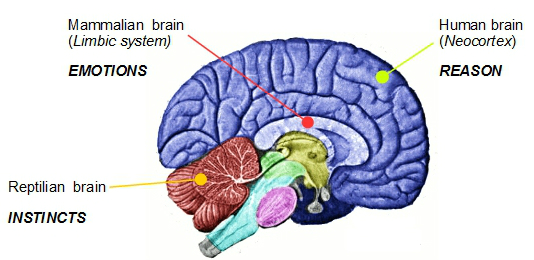
Figure 2: The modern triune brain
It seems our most primitive brain, commonly known as the reptilian brain, later expanded to include a mammalian brain and then a human one. But rather than one brain type replacing another, each new prototype emerged as a fresh layer which grew above and wrapped itself around the older brain it superceded. Within this three-stage, triune brain (reptile-mammal-human) each sector continues to control distinct functions:
- Reptilian brain: This consists of the brain stem and the cerebellum, and concerns itself with survival and maintenance. So it focuses on more automated processes, such as movement, breathing and circulation. It is instinctively concerned about territory and social dominance, dislikes change, and finds it hard to distinguish between real and imaginary threats.
- Mammalian brain: This is located on the brain stem and cerebrum, and processes emotion and memory while also controlling functions such as hormones and temperature. The mammalian brain helps to connect emotions and behaviour via the limbic system, adding some rudimentary control measures on top of the reptilian brain’s rather knee-jerk responses.
- Neocortex: The largest and most recent part of the brain to develop, the neocortex facilitates logic and communication. Whilst the other two parts function subconsciously, the neocortex provides conscious control over sophisticated features such as voluntary movement, touch, sight, facial expressions and much more.
Interaction
Each brain sector has learned to accommodate and loosely interact with the others, creating a rich mix of memories and emotions, thinking and actions. Though humans regard the neocortex as the ‘conscious and thinking brain’ which primarily governs most of our activities, we are really best described as selectively conscious. The following diagram (Figure 3) is a more accurate representation of the part psychologists believe each sector actually plays in our motivations, behaviours and decision making:

Figure 3: Distribution of processing within the modern brain
Lacking the sophisticated control offered by the fully developed neocortex, toddler behaviour is at first largely influenced and regulated by what Siegel and Bryson (2012) describe as the ‘downstairs brain’ – a combination of the reptilian and mammalian brain sectors. The primitive reptilian brain processing mechanism, illustrated in Figure 4 below, is essentially designed to distinguish the familiar from the unfamiliar but finds it much harder to tell whether or not something new actually poses a threat.
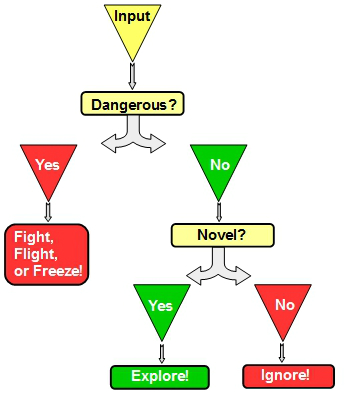
Figure 4: Primitive reptilian brain decision-making protocol
Cerebral shutdown
One important regulating system known as the RAS filter (Reticular Activating System) is located just above the reptilian brain and monitors data flowing between that primitive organ and the rest of the brain. Problems occur here if the body produces excess amounts of the cortisol hormone, and in such circumstances, the RAS filter shuts down this data flow within the brain to prevent toxic amounts of cortisol contaminating the upper brain regions.
Unfortunately, one direct consequence of feeling anxious or fearful is that the brain then produces larger amounts of cortisol, which, as Garvey explains, can have implications for young children:
‘It is very easy to see how a child who is suffering stress, anxiety or fear, etc. whose RAS filter has come into play, will be unable to receive any further messages … this is an unconscious act. It is not intentional, deliberate or calculated …’ (Garvey, 2018)
As a result of this partial brain shutdown, any well-intentioned interventions from adults will not be noticed by a child whose reptilian brain alone is struggling to make a fight/flight/freeze decision in response to a challenging situation. Garvey describes the almost inevitable outcome of this scenario as a ‘fabulous meltdown’ – rather than a ‘temper tantrum’, a phrase which implies a conscious, wilful action.
In this mode, Burnett explains, extreme behaviours such as screaming become an act of self-preservation:
‘From an evolutionary standpoint, part of the reason a child cries and throws a tantrum is to get the most possible attention from an adult within a group or community. Flailing and wailing can both scare off predators and call an adult, which makes screaming fits a biological imperative.’ (Burnett, 2016)

Poking the lizard?
In such times of behavioural crisis, a young child’s neocortex region – where decision making, emotional regulation, personal insight, empathy, adaptability and morality are all starting to develop – is temporarily inaccessible, thanks to the data hijack reaction of the RAS filter which halts all rational thought beyond survival-oriented fight/flight/freeze alerts. So adult responses to these ‘meltdown’ situations need to be carefully considered.
Siegel and Bryson argue that classic behavioural strategies which simply ignore the behaviour, or else threaten or apply sanctions, simply escalate the problem because such actions invariably attempt to engage (or should that be enrage?) the child’s reactive reptilian brain. In other words, poking the lizard rather than seeking a resolution.
A more reasoned adult approach is to first clarify the mindset which is likely to be the most productive: Whatever the cause of the upset, the real reason for the extreme outburst is that the child is in the grip of a downstairs brain reaction beyond their control. So given that it’s not their fault, an adult should keep the child (and others) safe whilst providing unthreatening support aimed at re-engaging with the upstairs brain. In essence, this means reassuring the child that they are still a unique individual who is loved and respected, but without conceding ground on anything which would be viewed as a ‘reward’ for the unwanted behaviour.
Helping the child to calm down is the priority, which is why doing anything the child in lizard mode may read as a threatening change in your own character is only likely to prolong the distress. Though it offers no direct solution, it may be helpful to know that the reptilian brain is dominant when we are lying down, whereas the neocortex is dominant when we are stood up. Naturally, reassuring talk, hugs and distractions all have a part to play, as does taking the child into a new and calmer environment – provided that does not constitute a reward. (Why such diversions work is because the RAS filter is particularly sensitive to novelty and pleasure.)
Afterwards, where there are fears to address, adults should also be sensitive to the need to offer contextual upstairs brain support which over time will help the child learn to manage such situations more independently. And while you’re analysing the situation, do remember that the reptilian brain itself makes virtually no distinction between real and imaginary fears – the lizard can be relied upon to take everything at face value.
Want to know more about how to help toddlers when they become overwhelmed by their big emotions? This video aims to aid us in understanding why children cannot always manage their emotions and helps to further support parents and professionals in their educational practices.
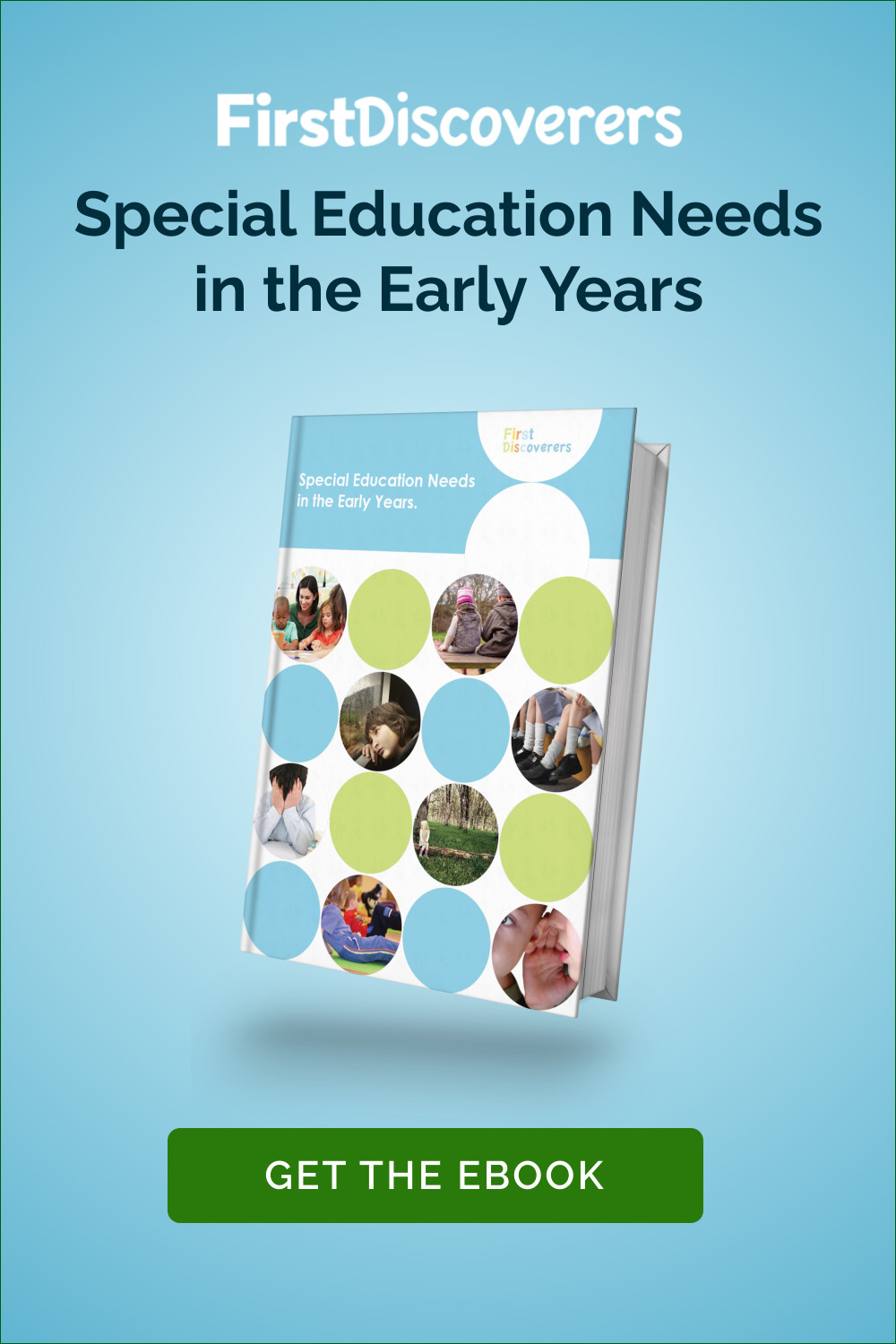


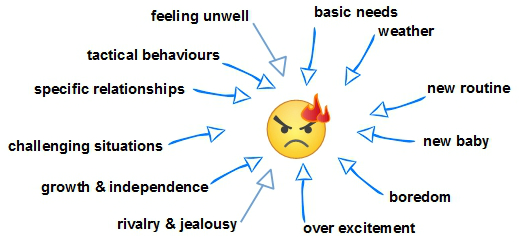


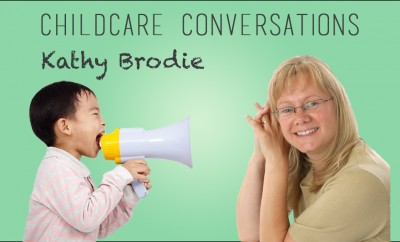

You must be logged in to post a comment Login